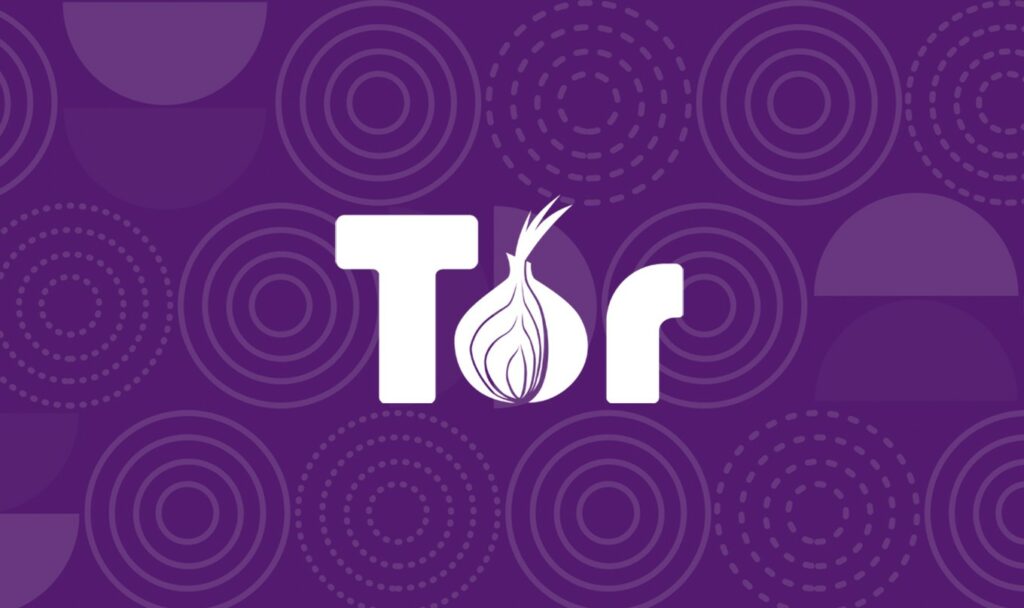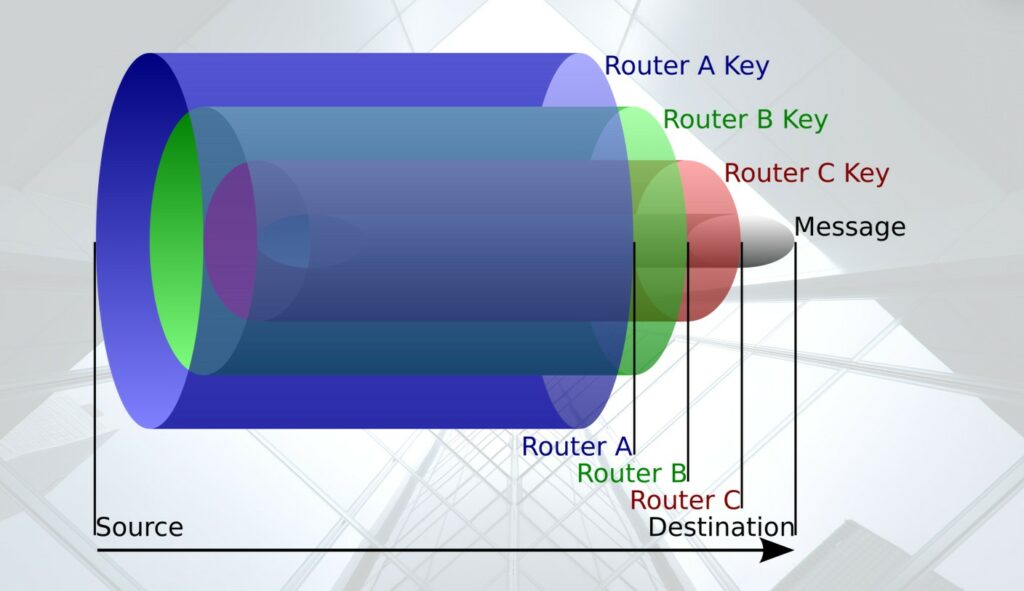
Raffaela Crisci : 15 November 2025 16:12
Tor Browser (short for The Onion Router) is a free, open-source web browser designed specifically to protect users’ online privacy. Using a network of servers distributed around the world, Tor allows users to browse the internet anonymously, hiding their identity and geographic location, and making it difficult to track their online activity.
Tor has its roots in the early 2000s, but the onion routing concept on which it is based dates back to the 1990s, developed at the U.S. Naval Research Laboratory.
Initially created to protect the communications of undercover agents, the project was later declassified and made public, spawning a community of developers and users who helped make it the tool we know today. In 2002, Roger Dingledine and Nick Mathewson, along with Paul Syverson, launched the first public version of the Tor network.
The Tor Browser works by routing your internet traffic through a centralized network of volunteer-run servers around the world. These servers, called “nodes,” encrypt the traffic so that neither the site you’re visiting nor third parties can easily identify the source of the traffic.

Access to the Dark Web : Tor is also known for allowing access to hidden websites, known as “.onion” services, which are inaccessible through standard browsers and search engines. These sites can be used for legitimate purposes, such as protecting communications in oppressive regimes, but also for illicit activities.
Over the years, the Tor Project has faced several challenges, including government censorship attempts and network attacks designed to deanonymize users. However, thanks to the support of the open-source community and continuous innovation, Tor has remained a key pillar of online privacy.
Tor is not without its critics and limitations. Accessibility to the Dark Web has led to a series of ethical and legal implications. On the one hand, Tor has been a crucial tool for investigative journalists, activists, and dissidents operating in repressive environments, allowing them to communicate securely and anonymously. On the other hand, Tor’s anonymous nature has made it a haven for illegal activities, such as drug trafficking, tax evasion, and child pornography. This duality has led to growing scrutiny from law enforcement and governments, who often view Tor as a tool used exclusively by criminals.
Tor isn’t a panacea. It can’t protect against malware or local man-in-the-middle attacks. Furthermore, connection speeds can be limited, especially for bandwidth-intensive activities.
The Tor Browser remains one of the most powerful tools for protecting online privacy. Its complex onion routing architecture, combined with robust encryption, makes it an essential tool for anyone wishing to browse anonymously. However, like any technology, it is not foolproof and requires careful and informed use to maximize security.
The future of Tor Browser will continue to evolve as new threats and challenges emerge, but its importance as a bastion of online freedom and privacy is unquestionable.
 Raffaela Crisci
Raffaela Crisci